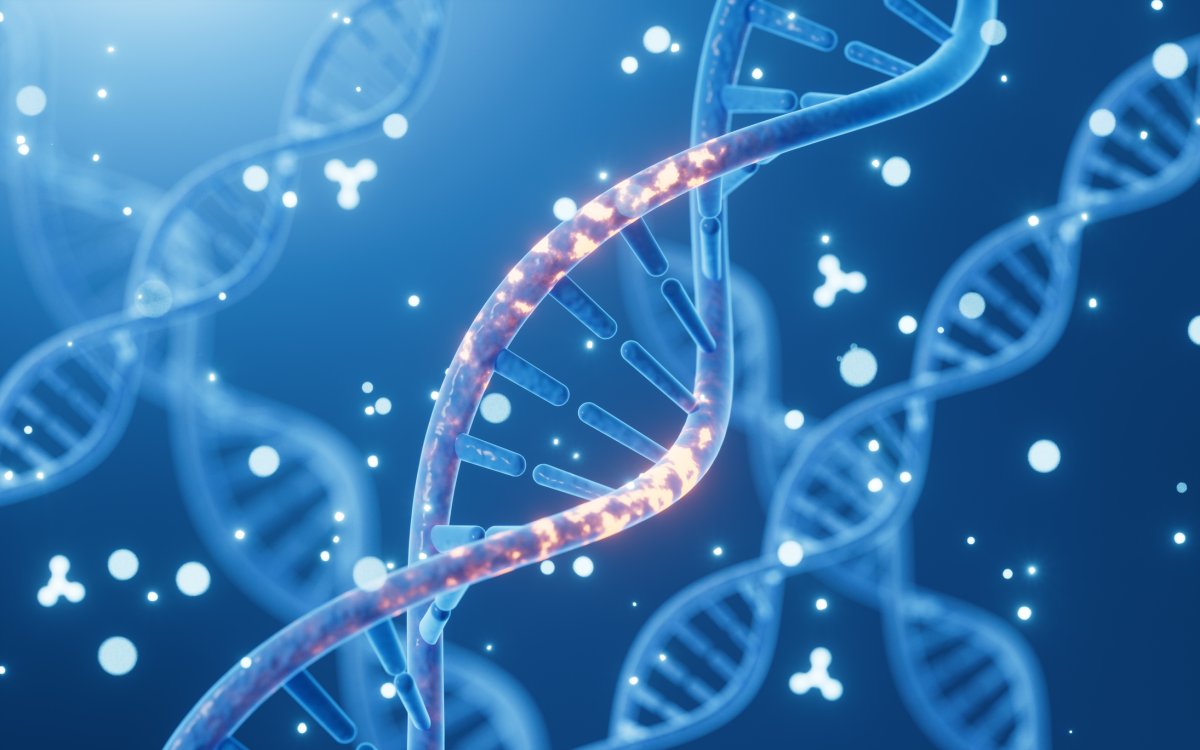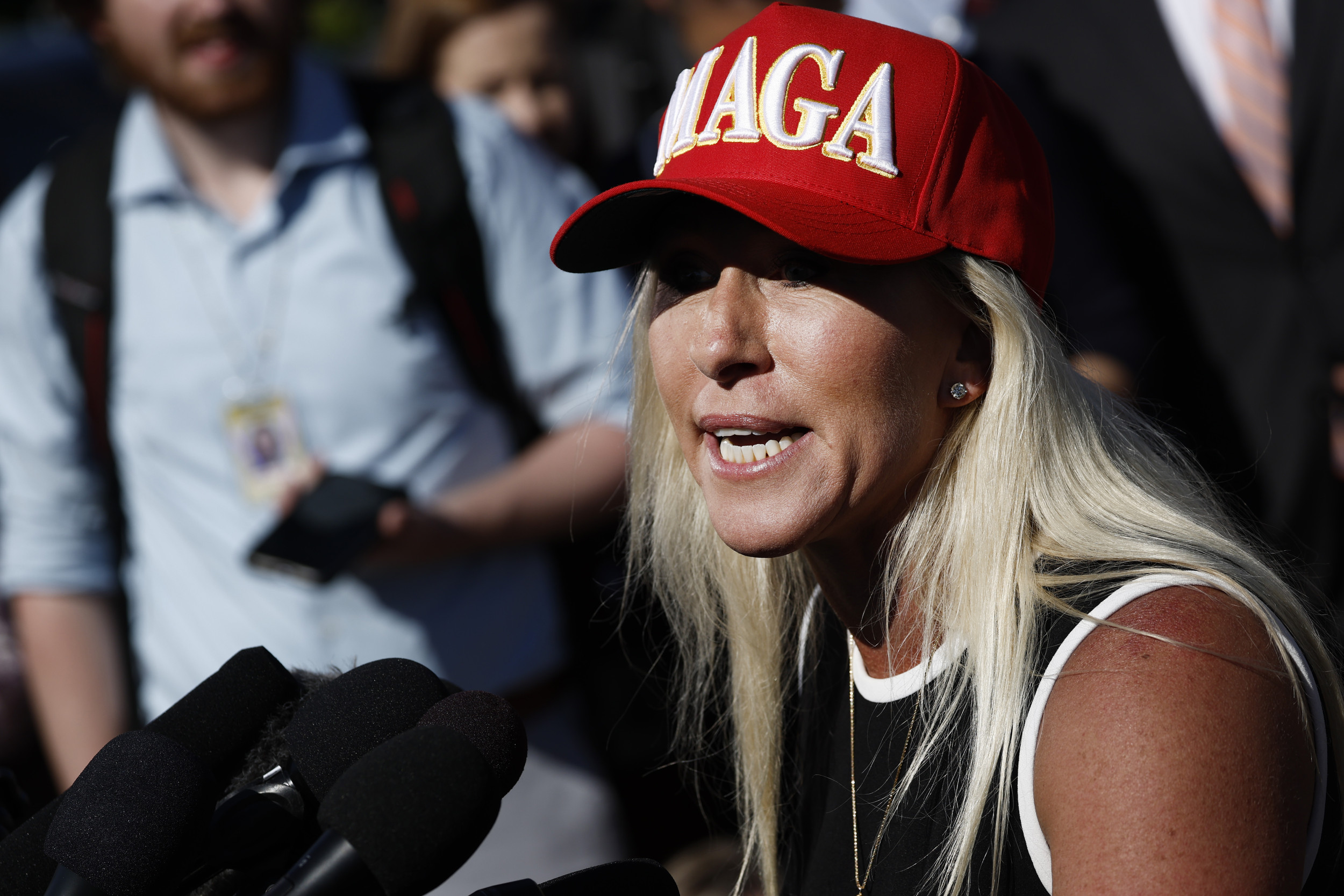Neuroscientists have uncovered a new mechanism for memory formation, and it involves changes in the structure of your DNA.
If you were asked to picture a molecule of DNA, chances are you would visualize a long, straight, right-handed double helix—the type you were taught in science class. It's well established that, in order to "read" or copy this molecule, our DNA needs to be unzipped and unwound, thus deviating from this well-known structure. However, for years it was thought these structural changes only occurred in these settings. Now, we're beginning to learn that this is not the full story.
"DNA topology is much more dynamic than the static, right-hand double helix, as presumed by most researchers in the field," neuroscience professor Timothy Bredy, of the Queensland Brain Institute in Australia, said in a statement.
"There are actually more than 20 different DNA structure states identified to date, each potentially serving a different role in the regulation of gene expression."

In other words, these different structure states can help switch genes on and off. And, according to new research by Bredy and colleagues, they may also be involved in regulating the genes involved in long-term memory formation.
Their study, published in the Journal of Neuroscience, focuses in on one particular structure state called G4-DNA. This structure has previously been shown to play a role in switching genes on and off, but its involvement in experience-dependent gene expression—the kind involved in memory formation—was still unclear.
By studying a group of mice, the team found that this particular structure state accumulates in brain cells during periods of learning. Based on this, the researchers hypothesized that the DNA itself was responding to the learning experience, switching genes on and off to facilitate the formation of memories.
"This process is dependent on temporal interactions between the transcriptional machinery and a variety of DNA structures, including G4-DNA, rather than being determined solely by DNA sequence or DNA modification as so often has been presumed," Bredy said.
The team also found that this change in DNA structure was mediated by a targeted enzyme, designed to unwind the DNA and allow new bonds to form between the letters that make up our genetic code.
Of course, it is too early to know whether these results translate for humans. But the study provides exciting evidence that these DNA structures may play an important role in controlling our brain's ability to form memories.
"This discovery extends our understanding of how DNA functions as a highly dynamic transcriptional control device in learning and memory," Bredy said.
Is there a health problem that's worrying you? Let us know via health@newsweek.com. We can ask experts for advice, and your story could be featured in Newsweek.
Uncommon Knowledge
Newsweek is committed to challenging conventional wisdom and finding connections in the search for common ground.
Newsweek is committed to challenging conventional wisdom and finding connections in the search for common ground.
About the writer
Pandora Dewan is a Senior Science Reporter at Newsweek based in London, UK. Her focus is reporting on science, health ... Read more
To read how Newsweek uses AI as a newsroom tool, Click here.








